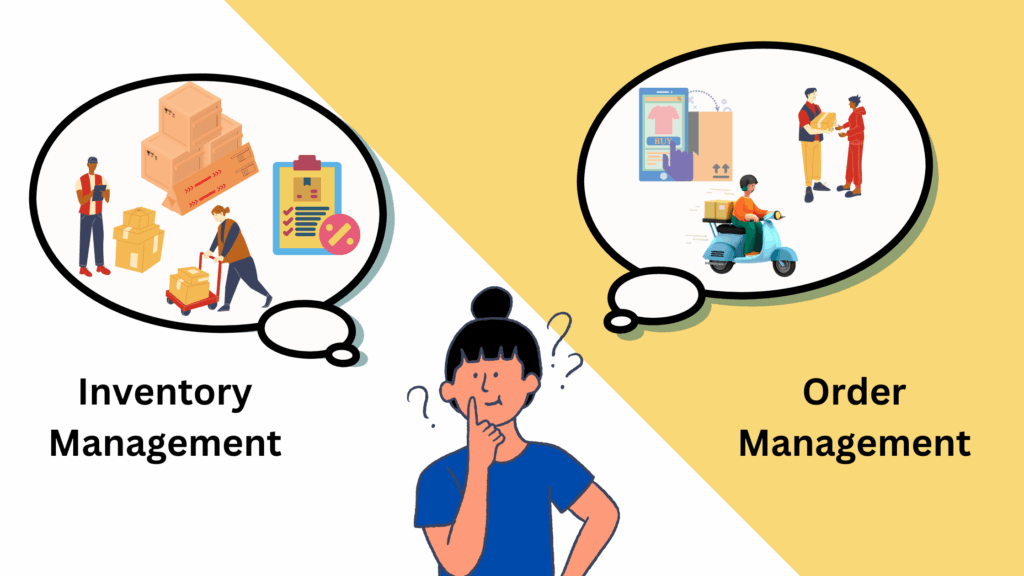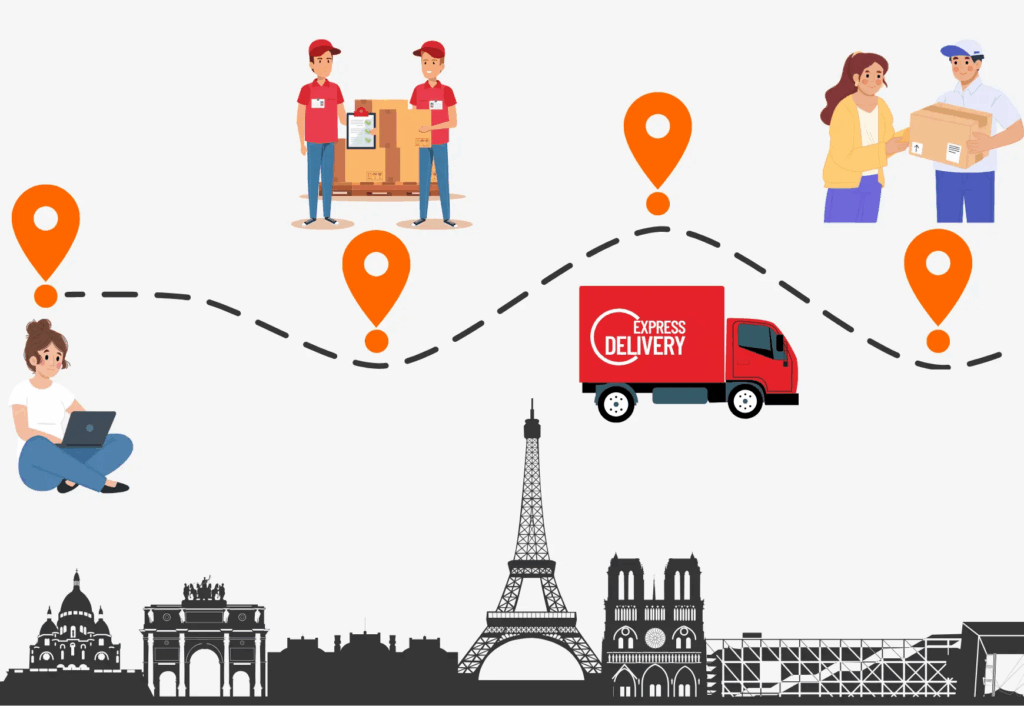Unlock Global Efficiency with Cloud-Based Inventory Power
The modern logistics landscape has entered a new era—one defined by immediacy, transparency, and efficiency. At the core of this transformation is cloud-based inventory visibility, a technology-driven capability that enables logistics providers, retailers, and manufacturers to access and track inventory data in real time, across multiple locations and stages of the supply chain. For businesses engaging in global shipping, dropshipping, or complex fulfillment models such as 3PL and 4PL, this level of visibility is no longer a luxury—it is a necessity.

Why Inventory Visibility Matters in Global Fulfillment
As supply chains span continents and customer expectations demand faster delivery, businesses need more than static stock records. They require dynamic inventory updates that can inform fulfillment decisions, improve return processing, and manage order accuracy. Cloud-based systems offer this flexibility by linking warehouses, distribution centers, and carriers into a single, synchronized platform.
Whether you’re managing returns from a European DTC brand or fulfilling orders via a 3PL warehouse service in Asia, the ability to track stock levels and shipment progress across the globe is critical. Visibility improves accuracy and supports data-driven decisions, which are especially important for DTC brands operating across diverse markets.
From Fragmentation to Integration: A Logistics Shift
Historically, logistics management relied on fragmented systems. Each warehouse or shipping partner often worked in isolation, causing data delays, stock mismatches, and delivery confusion. This made global fulfillment hard to scale and even harder to trust.
Cloud-based visibility platforms now bridge this gap by centralizing data across all touchpoints. Inventory levels, shipment tracking, and return statuses are synchronized across vendors and regions, enabling better control and faster resolutions.
Postalparcel, a global logistics service, exemplifies this shift. Unlike systems that require businesses to build and manage infrastructure, Postalparcel provides hands-on services including carrier management and inventory/order handling, allowing clients to operate across borders without the usual complexity.

Real-Time Tracking and Stock Accuracy
Centralized visibility ensures that stock levels update as soon as items move—whether that’s a shipment arriving at a port or a return initiated from a customer’s doorstep. With accurate real-time tracking, businesses can route shipments more efficiently and prevent overselling or fulfillment delays.
Multi-Zone Inventory Sync
Cloud-based platforms also allow retailers to manage inventory across different zones and fulfillment partners. For businesses shipping from multiple countries, this provides a unified view and avoids costly errors during high-demand periods like seasonal promotions or regional campaigns.
Logistics Wins: Solving Real Problems at Scale
To understand how this plays out, consider a DTC skincare brand that expanded rapidly across Southeast Asia and Western Europe. With inconsistent shipping performance and inventory errors across multiple 3PL partners, they struggled to scale.
By adopting Postalparcel’s delivery and carrier services, the brand gained real-time inventory access, automated order routing, and consolidated return tracking. This improved delivery speed by 22% and allowed them to scale into three new countries—all without hiring additional logistics staff. This success wasn’t just about tech, but the reliable support from Postalparcel as a logistics service provider, not just a platform.

Cross-Border Complexity and the Need for Central Control
International logistics introduces layers of complexity: customs clearance, variable carrier performance, and fragmented last-mile delivery. Inventory miscommunication across zones often leads to delays, losses, or overselling.
Cloud-based inventory visibility reduces this risk by offering live status reports across warehouses, regions, and return centers. With an integrated approach to data, businesses can proactively manage disruptions, switch carriers, or reroute inventory based on performance.
Postalparcel supports this approach with a network of vetted global and local carriers, consolidated under its carrier management service. Businesses benefit from flexibility, accountability, and greater delivery reliability—even in fragmented delivery zones like Central Europe or Southeast Asia.
How 3PL, 4PL, and Dropshipping Models Benefit
For businesses using third-party logistics (3PL/4PL) or dropshipping, visibility is even more crucial. Without owning inventory directly, they rely entirely on accurate partner data to maintain service quality.
Cloud-based systems allow brands to see what’s happening inside their vendors’ warehouses. Postalparcel enhances this visibility by providing inventory and order management as part of its logistics services. This enables businesses to stay responsive, even without direct control of fulfillment operations.

Conclusion
Cloud-based inventory visibility is no longer optional—it’s foundational. For companies engaged in global shipping, fulfillment, and returns, real-time oversight ensures accuracy, speed, and resilience.
Services like Postalparcel simplify global logistics by offering operational support across carrier coordination, delivery tracking, and inventory control—giving brands the flexibility they need to scale confidently across borders.
Industry Insights
news via inbox
Nulla turp dis cursus. Integer liberos euismod pretium faucibua








